The country I come from doesn’t seem to value its libraries. Between 2010 and mid-2019, the number of library branches in the UK fell by 773 to 3,583, and government spending on the library service dropped by 29.6 percent.
I feel lucky to live in Taiwan, where the authorities are willing to invest in this type of facility. If you’re a sun-shunning bibliophile, summer is the ideal season to bury yourself among books in one of the three landmark libraries described in this article.
NEW TAIPEI CITY MAIN PUBLIC LIBRARY
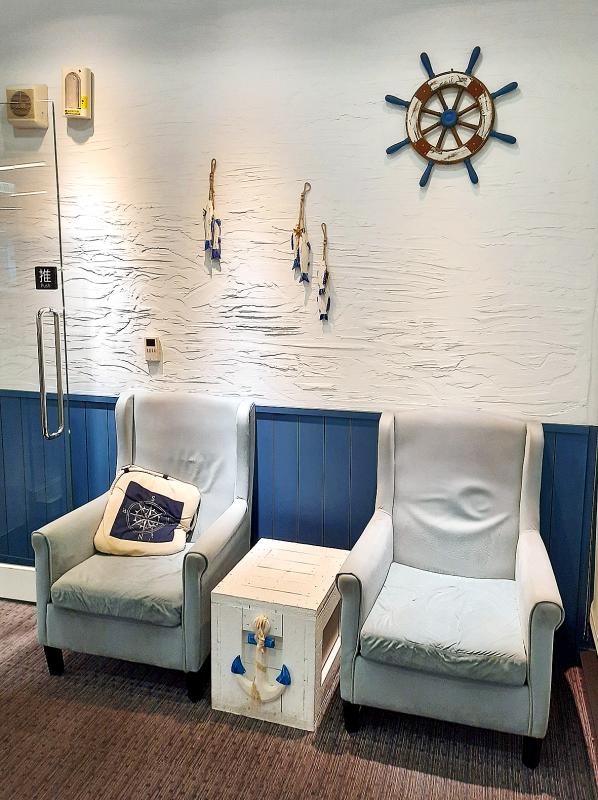
Photo: Steven Crook
The principal library in Taiwan’s most populous local government division occupies a 10-story edifice that was designed by JC Yang & Partners (楊瑞禎建築師事務所), working with Mark Casting Partnership (印記聯合建築師事務所) and opened to the public in 2015.
The exterior was inspired by the appearance of books on shelves. If you see this (not everyone does), it’s likely to be because the floor-to-ceiling glass panes vary in width, just as a bookcase contains some volumes thicker than others.
The building has received the highest possible Diamond rating under EEWH, Taiwan’s official sustainable-architecture certification system. The very first building in Taiwan to attain Diamond certification was also a library, Taipei Public Library, Beitou Branch (臺北市立圖書館北投分館).
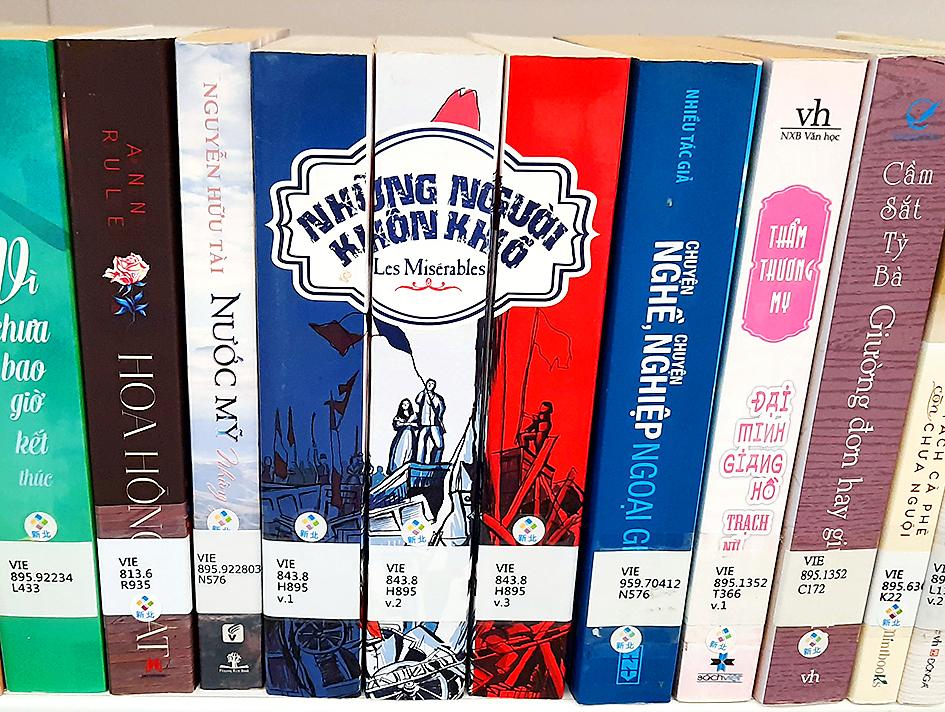
Photo: Steven Crook
Periodicals (many of which are in English) and newspapers (including the Taipei Times) are on the second floor. The Young Readers Area is on the third floor.
The indigenous cultures section on the sixth floor is modest, but in it I found a 380-page book that I’d never seen before: a collection of photos taken in the early 1990s of every surviving Atayal with traditional facial tattoos.
Part of the eighth floor is dedicated to books in simplified Chinese script; this is something I’ve not noticed in other libraries.
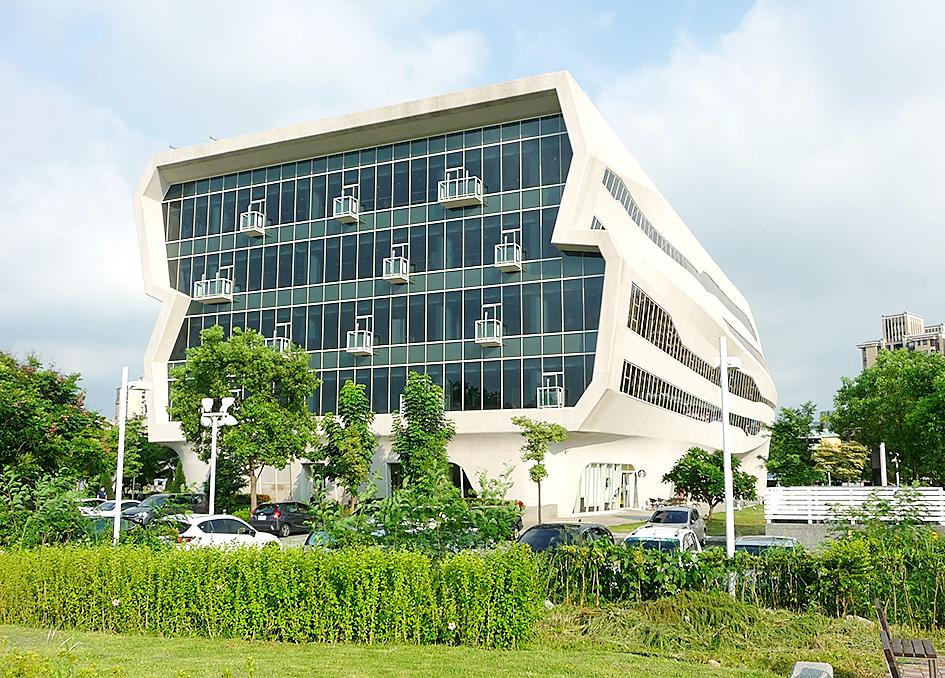
Photo: Steven Crook
Some of the library’s 726 seating spots are equipped with tables that rise or lower at the press of a button for the convenience of wheelchair users (and, presumably, individuals who are unusually large or small). One of the reading corners has padded armchairs and a Mediterranean color scheme, which is a nice change from the tolerable but bland decor elsewhere in the building.
Getting there
Far Eastern Hospital Station (亞東醫院站) on the Taipei Metro Blue Line is less than 500m away. There’s a YouBike node right outside the library.
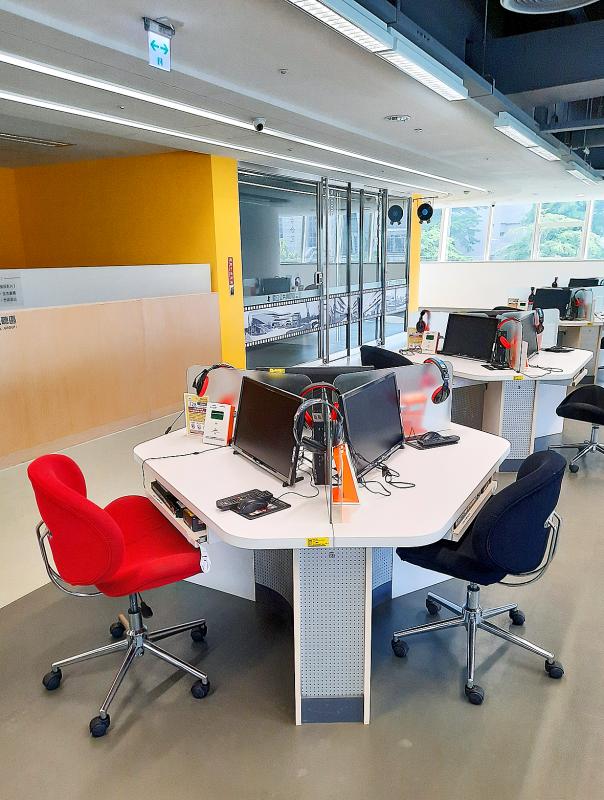
Photo: Steven Crook
NATIONAL LIBRARY OF PUBLIC INFORMATION
Why is there a national-level library with this name in Taichung? Back when Taiwan had a provincial government as well as a central government, many of the former’s bureaus were located in or near Taichung.
Among them was this library’s predecessor. It took its current name at the beginning of 2013, a few months after it relocated to this cruise ship-like building in the southwestern part of central Taichung.
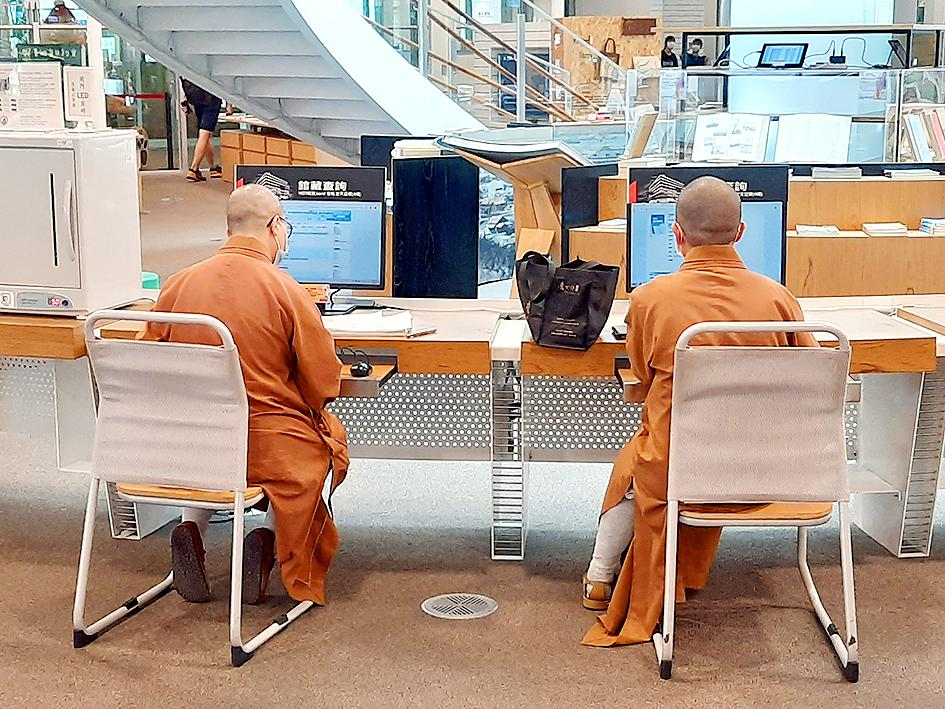
Photo: Steven Crook
The words “public information” conjure rows of official reports stuffed with dull statistics, but this library is filled with delights.
The second floor is dominated by VCDs, DVDs, and multimedia. Library members can watch these on-site in booths designed for individuals, two people or groups of up to eight.
If you think that coming here and watching a movie while snuggling up to your significant other would make for a cozy and wallet-friendly date, you should bear in mind that the booths don’t offer much privacy.
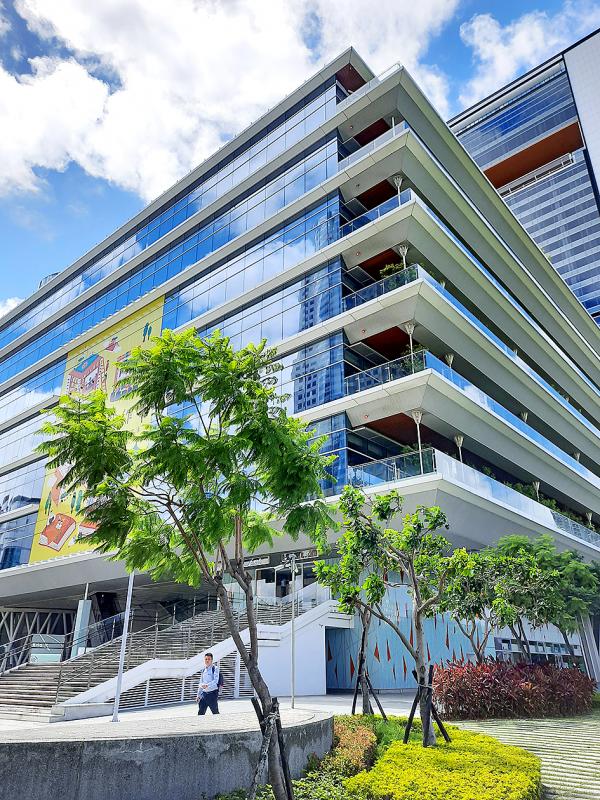
Photo: Steven Crook
The Indigenous Resource Center, a subsection of the Taiwan Materials zone on the third floor, has over 5,000 books relating to Taiwan’s Austronesian peoples. Most are in Chinese, but I did discover a French compilation of photos taken in Taiwan between 1850 and 1920, and a volume that catalogs the Aboriginal artifacts collected by Canadian George L Mackay, the most famous missionary in Taiwan’s history.
There are also two copies of a massive book that many people have admired but few have bought. The Historical Atlas of Indigenous Taiwan 1624-1944, published in 2016 by the Executive Yuan’s Council of Indigenous People, is priced at NT$24,000. The maps it contains are fascinating, but would benefit from some additional commentary.
Comic books fans can happily spend hours in the Young Adults section on the fifth floor, while foreigners will find a surprising amount of English-language fiction nearby.
The choice of nonfiction English-language books about Taiwan leaves a bit to be desired. It would be nice to see the reprints that SMC (南天書局) has been producing for years, and titles published by Camphor Press, make their way into local libraries.
Getting there
Take a local train to Wuquan TRA Station, which is one stop south of Taichung Main Station and three stops north of Xinwuri TRA Station/Taichung HSR Station.
KAOHSIUNG MAIN PUBLIC LIBARY
Kaohsiung City Government’s ambitious plan to redevelop its waterfront has resulted in several eye-catching buildings. In terms of popularity with the general public, the city’s newish main library is probably the most successful of these projects.
If you go up to the eighth floor and then onto the library’s roof, you’ll find the New Bay Garden and a small performance space. The view over the harborside is pretty good — look northwest and you’ll notice the old lighthouse on Mount Cihou (旗後山).
Floors three to seven have broad balconies that run the entire length of the building’s south and east faces. Small trees and shrubs have been planted alongside the walkways on these balconies.
Because almost all of the windows are floor-to-ceiling, and many of the study desks face outside, during the daytime very little artificial lighting is needed inside the library.
English speakers are likely to find books on the topics that interest them on the fifth floor, but certain subjects are concentrated elsewhere. Architecture books, for instance, are on the fourth floor.
As in the other two libraries I’ve featured, Kaohsiung Main Public Library has an impressive number of books in Southeast Asian languages. On the fifth floor, I looked inside more than a dozen Vietnamese-language books; not one, as far as I could tell, had ever been borrowed, and some of them have been in the collection since 2014.
Nonetheless, Kaohsiung’s library system should be commended for reaching out to the city’s Southeast Asian population through one of its mobile libraries. This vehicle tours Kaohsiung’s industrial zones, making it much easier for factory workers to borrow books and magazines in their native languages.
Getting there
The library is a short walk from Kaohsiung Exhibition Center Station (高雄展覽館站) on the Circular Light Rail, and a bit further from Sanduo Shopping District Station (捷運三多商圈站) on the Kaohsiung Metro’s Red Line.
Steven Crook has been writing about travel, culture and business in Taiwan since 1996. He is the author of Taiwan: The Bradt Travel Guide and co-author of A Culinary History of Taipei: Beyond Pork and Ponlai.

Taiwanese chip-making giant Taiwan Semiconductor Manufacturing Co (TSMC) plans to invest a whopping US$100 billion in the US, after US President Donald Trump threatened to slap tariffs on overseas-made chips. TSMC is the world’s biggest maker of the critical technology that has become the lifeblood of the global economy. This week’s announcement takes the total amount TSMC has pledged to invest in the US to US$165 billion, which the company says is the “largest single foreign direct investment in US history.” It follows Trump’s accusations that Taiwan stole the US chip industry and his threats to impose tariffs of up to 100 percent

On a hillside overlooking Taichung are the remains of a village that never was. Half-formed houses abandoned by investors are slowly succumbing to the elements. Empty, save for the occasional explorer. Taiwan is full of these places. Factories, malls, hospitals, amusement parks, breweries, housing — all facing an unplanned but inevitable obsolescence. Urbex, short for urban exploration, is the practice of exploring and often photographing abandoned and derelict buildings. Many urban explorers choose not to disclose the locations of the sites, as a way of preserving the structures and preventing vandalism or looting. For artist and professor at NTNU and Taipei

March 10 to March 16 Although it failed to become popular, March of the Black Cats (烏貓進行曲) was the first Taiwanese record to have “pop song” printed on the label. Released in March 1929 under Eagle Records, a subsidiary of the Japanese-owned Columbia Records, the Hoklo (commonly known as Taiwanese) lyrics followed the traditional seven characters per verse of Taiwanese opera, but the instrumentation was Western, performed by Eagle’s in-house orchestra. The singer was entertainer Chiu-chan (秋蟾). In fact, a cover of a Xiamen folk song by Chiu-chan released around the same time, Plum Widow Missing Her Husband (雪梅思君), enjoyed more

Last week Elbridge Colby, US President Donald Trump’s nominee for under secretary of defense for policy, a key advisory position, said in his Senate confirmation hearing that Taiwan defense spending should be 10 percent of GDP “at least something in that ballpark, really focused on their defense.” He added: “So we need to properly incentivize them.” Much commentary focused on the 10 percent figure, and rightly so. Colby is not wrong in one respect — Taiwan does need to spend more. But the steady escalation in the proportion of GDP from 3 percent to 5 percent to 10 percent that advocates